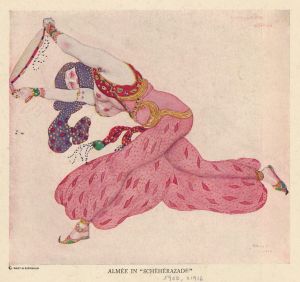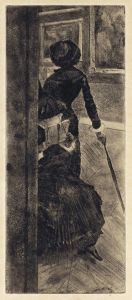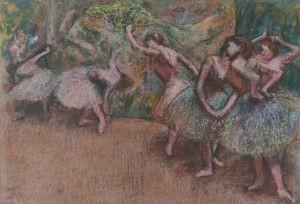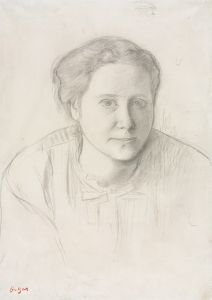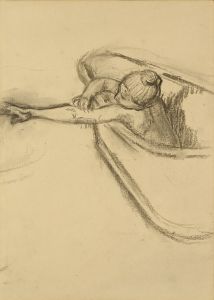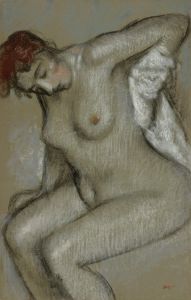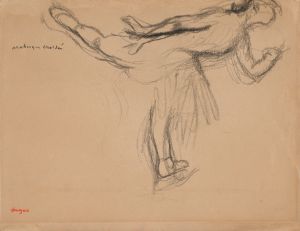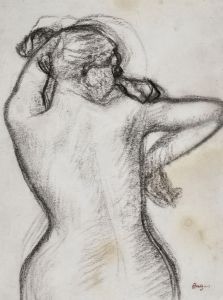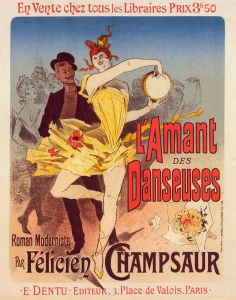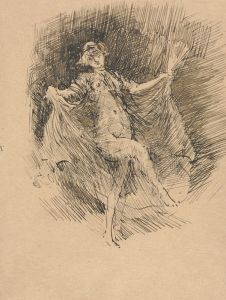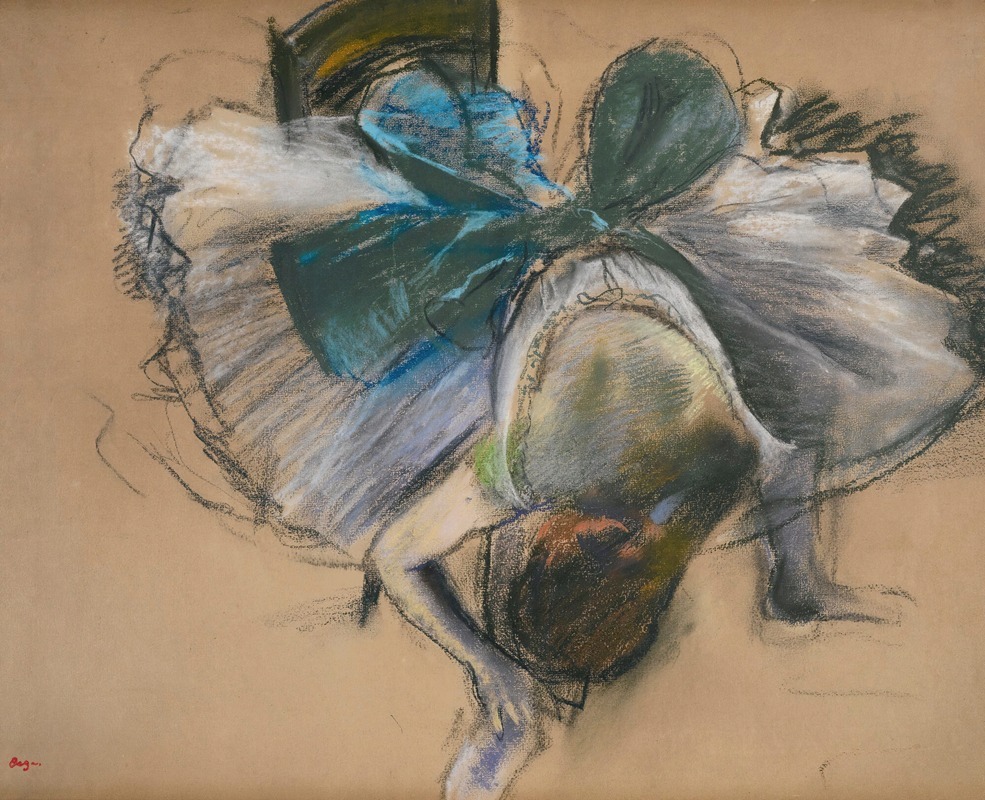
Danseuse Rajustant Son Chausson
A hand-painted replica of Edgar Degas’s masterpiece Danseuse Rajustant Son Chausson, meticulously crafted by professional artists to capture the true essence of the original. Each piece is created with museum-quality canvas and rare mineral pigments, carefully painted by experienced artists with delicate brushstrokes and rich, layered colors to perfectly recreate the texture of the original artwork. Unlike machine-printed reproductions, this hand-painted version brings the painting to life, infused with the artist’s emotions and skill in every stroke. Whether for personal collection or home decoration, it instantly elevates the artistic atmosphere of any space.
Edgar Degas, a prominent French artist associated with the Impressionist movement, is renowned for his depictions of dancers, capturing the grace and poise of ballet performers in various stages of their routines. One of his notable works in this genre is "Danseuse Rajustant Son Chausson," which translates to "Dancer Adjusting Her Slipper." This painting exemplifies Degas's fascination with the world of ballet and his skill in portraying the human form in motion.
Created in the late 19th century, "Danseuse Rajustant Son Chausson" is a pastel on paper, a medium Degas frequently employed to achieve the delicate textures and vibrant colors characteristic of his work. The painting depicts a solitary ballerina in a moment of quiet concentration, adjusting her slipper before or after a performance. This intimate scene is typical of Degas's approach, focusing on the behind-the-scenes aspects of ballet rather than the grand spectacle of the performance itself.
Degas's interest in ballet was not merely artistic; it was also deeply observational. He spent countless hours at the Paris Opéra, sketching dancers in rehearsal and backstage, capturing their movements and gestures with precision. This dedication to studying his subjects is evident in "Danseuse Rajustant Son Chausson," where the dancer's pose is both natural and meticulously rendered, showcasing Degas's keen eye for detail and his ability to convey the subtleties of human anatomy.
The composition of the painting is carefully balanced, with the dancer positioned slightly off-center, creating a dynamic sense of space. The use of pastel allows for a soft, almost ethereal quality, with the colors blending seamlessly to create a sense of depth and movement. Degas's mastery of light and shadow is also apparent, as he uses these elements to highlight the dancer's form and the texture of her costume.
"Danseuse Rajustant Son Chausson" is part of a larger body of work by Degas that explores the theme of dance. His paintings, drawings, and sculptures of dancers are celebrated for their ability to capture the fleeting moments of grace and effort that define the art of ballet. Through these works, Degas offers viewers a glimpse into the disciplined world of dancers, revealing both the beauty and the rigor of their craft.
The painting is housed in the Musée d'Orsay in Paris, which holds one of the most extensive collections of Degas's work. The museum's collection provides a comprehensive overview of Degas's artistic evolution, from his early history paintings to his later explorations of modern life in Paris. "Danseuse Rajustant Son Chausson" is a highlight of this collection, exemplifying the artist's unique ability to blend realism with impressionistic techniques.
Degas's influence on the art world extends beyond his lifetime, as his innovative approaches to composition, perspective, and the use of color have inspired countless artists. His works continue to be studied and admired for their technical skill and emotional depth, and "Danseuse Rajustant Son Chausson" remains a testament to his enduring legacy as a master of capturing the human experience in art.





